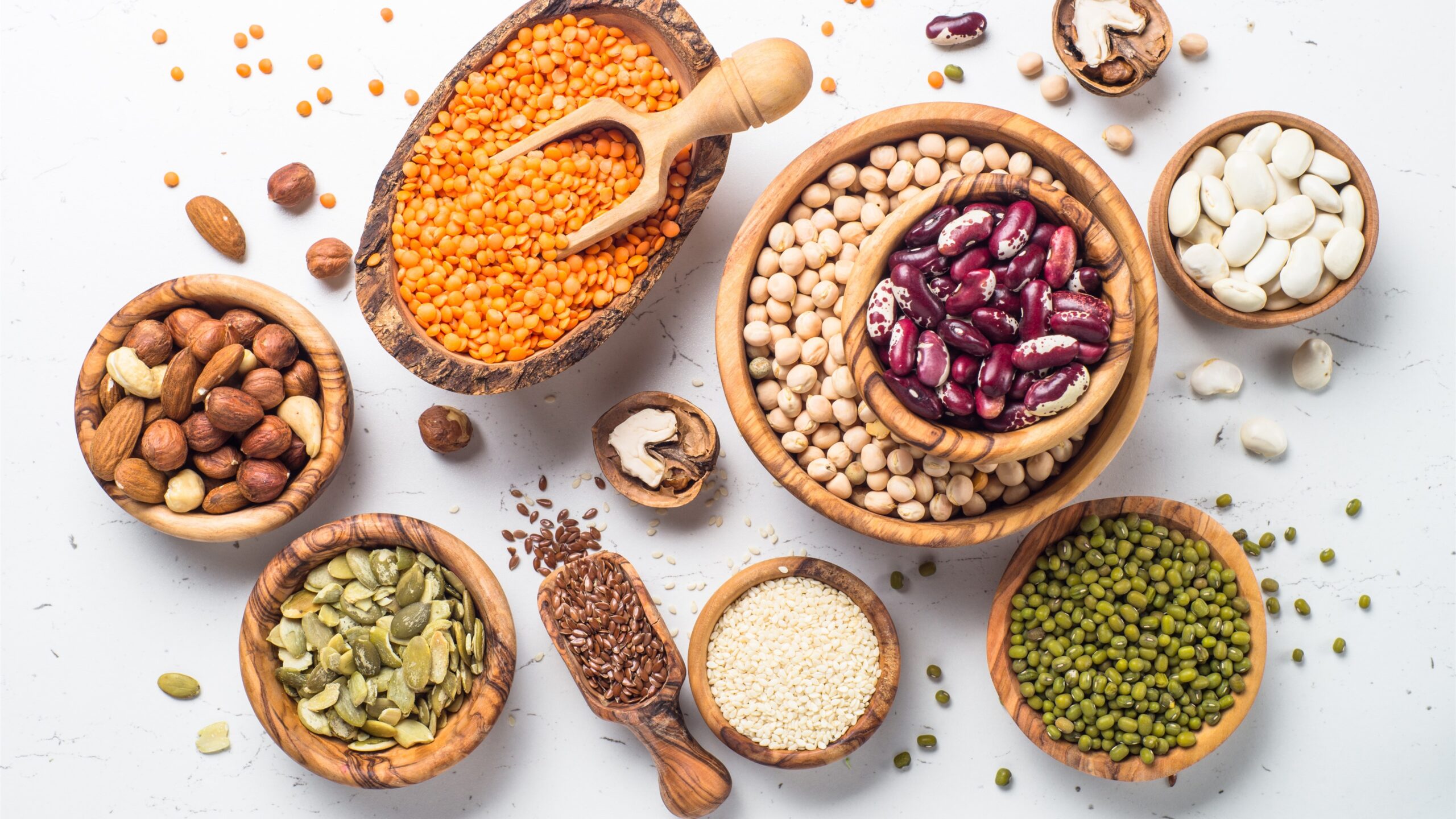Introduction:
The grain-free diet has gained significant popularity in recent years as individuals seek healthier eating habits and explore alternative dietary approaches. This comprehensive guide aims to provide you with a detailed understanding of the grain-free diet, including its benefits, food lists, and a sample meal plan. Whether you have specific health concerns or simply want to try a different way of eating, this guide will equip you with the necessary knowledge to embark on a grain-free journey.
Benefits of a Grain-Free Diet:
- Reduced Inflammation: One of the primary advantages of a grain-free diet is its potential to reduce inflammation in the body. Many grains, such as wheat, contain gluten, which can trigger inflammation in individuals with gluten sensitivity or celiac disease. By eliminating grains, you may experience relief from chronic inflammation and related symptoms.
- Improved Digestion: Grains, particularly those containing gluten, can be challenging to digest for some individuals. A grain-free diet allows for easier digestion, reducing the likelihood of bloating, gas, and other digestive discomforts. It may also alleviate symptoms associated with conditions like irritable bowel syndrome (IBS).
- Weight Management: Adopting a grain-free diet can be beneficial for weight management. Grains are often high in carbohydrates, which can lead to spikes in blood sugar levels and subsequent cravings. By eliminating grains, you may experience more stable blood sugar levels and improved satiety, potentially aiding in weight loss efforts.
- Increased Nutrient Density: While whole grains offer certain nutritional benefits, a grain-free diet encourages the consumption of alternative nutrient-dense foods. Focusing on vegetables, fruits, lean proteins, healthy fats, and seeds allows you to obtain a wide range of essential nutrients, such as vitamins, minerals, and antioxidants.
- Stable Energy Levels: Refined grains, such as white bread and pasta, can cause rapid fluctuations in blood sugar levels, leading to energy crashes and feelings of fatigue. By eliminating grains, you can maintain more stable energy levels throughout the day, promoting sustained productivity and overall well-being.
Grain-Free Foods to Include:
Vegetables: Emphasize a variety of vegetables in your grain-free diet, including leafy greens, cruciferous vegetables (broccoli, cauliflower), root vegetables (sweet potatoes, carrots), and nightshades (tomatoes, peppers).
- Fruits: Incorporate a range of fruits, such as berries, apples, citrus fruits, and tropical fruits, into your daily meals and snacks. Opt for fresh, whole fruits whenever possible to maximize nutritional value.
- Protein Sources: Choose high-quality protein sources like lean meats (chicken, turkey, fish), eggs, legumes (lentils, chickpeas), and plant-based proteins (tofu, tempeh) to meet your protein needs.
- Healthy Fats: Include healthy fats in your diet from sources like avocados, nuts (almonds, walnuts), seeds (chia, flaxseed), olive oil, coconut oil, and fatty fish (salmon, sardines) to support brain function and overall health.
- Dairy Alternatives: If you prefer to avoid dairy, opt for dairy alternatives such as almond milk, coconut milk, or oat milk. Ensure they are unsweetened and free from additives or artificial sweeteners.
Sample Grain-Free Meal Plan:
Here’s a sample meal plan to help you get started on a grain-free diet:
Day 1:
- Breakfast: Veggie omelet with spinach, mushrooms, and tomatoes cooked in olive oil.
- Snack: Apple slices with almond butter.
- Lunch: Grilled chicken salad with mixed greens, cucumbers, cherry tomatoes, and avocado.
- Snack: Carrot sticks with hummus.
- Dinner: Baked salmon with roasted asparagus and a side of steamed broccoli.
- Dessert: Mixed berries with coconut yogurt.
Day 2:
- Breakfast: Scrambled eggs with sautéed bell peppers and onions.
- Snack: Handful of mixed nuts.
- Lunch: Turkey lettuce wraps filled with sliced turkey, avocado, and tomato.
- Snack: Celery sticks with almond butter.
- Dinner: Grilled steak with a side of sautéed Brussels sprouts and sweet potato wedges.
- Dessert: Chia seed pudding with unsweetened coconut flakes.
- Remember to customize your meal plan according to your dietary preferences and individual needs. Experiment with different ingredients and flavors to keep your meals exciting and enjoyable.
Conclusion:
Embarking on a grain-free diet can offer various health benefits, including reduced inflammation, improved digestion, weight management, increased nutrient density, and stable energy levels. By following the provided food lists and sample meal plan, you can kickstart your grain-free journey and explore the wide array of delicious and nutritious options available to you. As with any dietary change, it’s essential to listen to your body and consult a healthcare professional if you have any underlying ealth conditions or concerns. Embrace the grain-free lifestyle and discover the positive impact it can have on your overall well-being.
- Does Weight Lifting Help Women Lose Weight? - July 12, 2023
- Grain-Free Diet: Benefits, Food Lists, and Meal Plan - July 12, 2023


